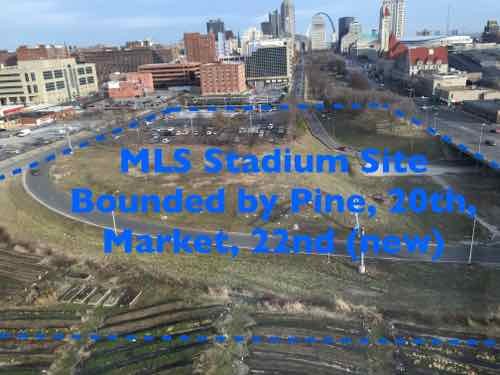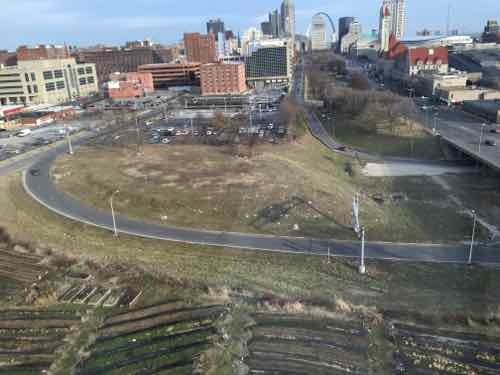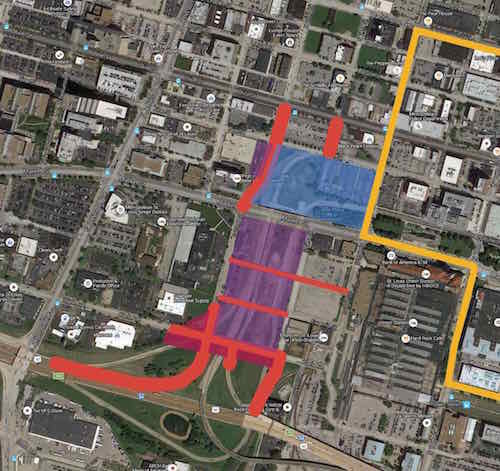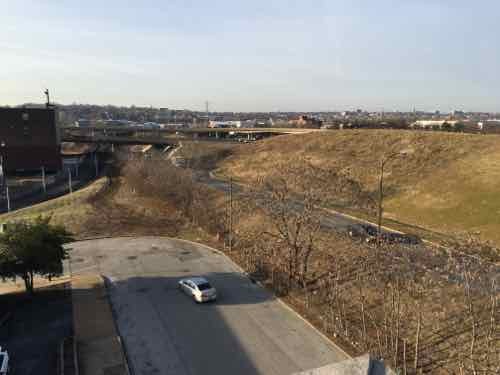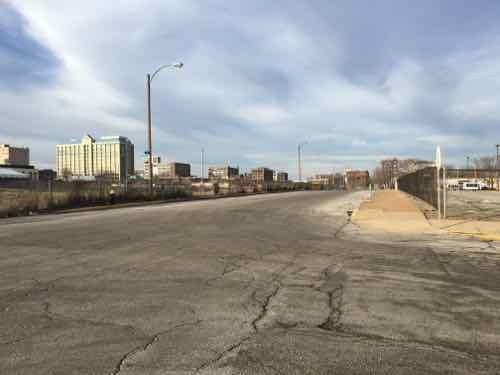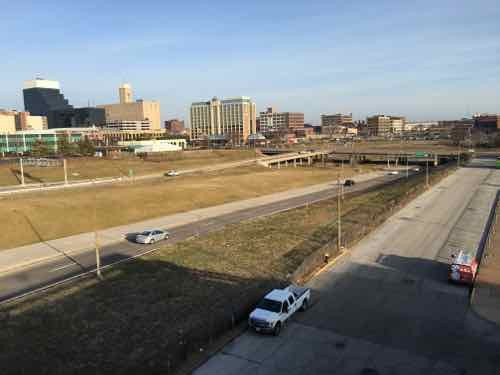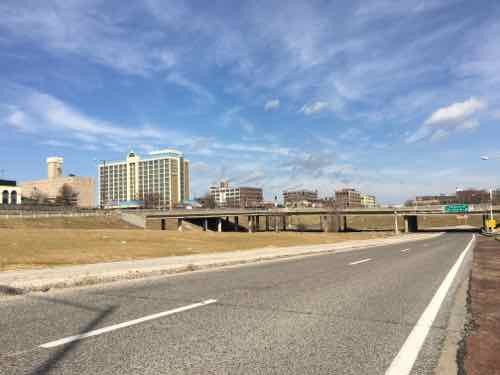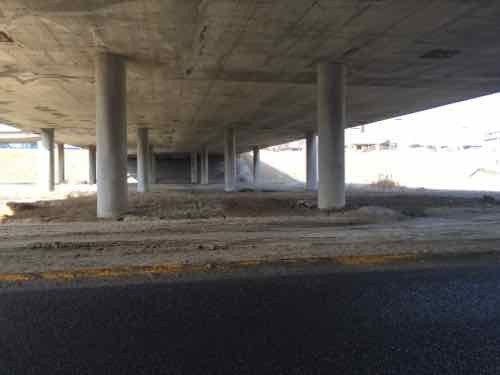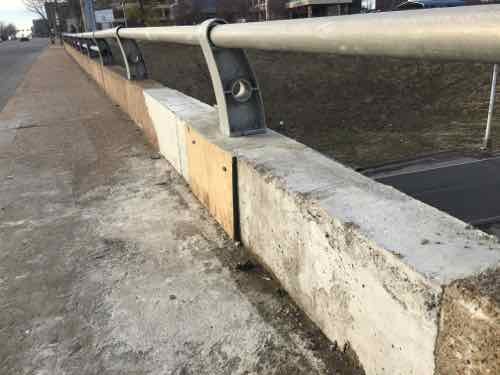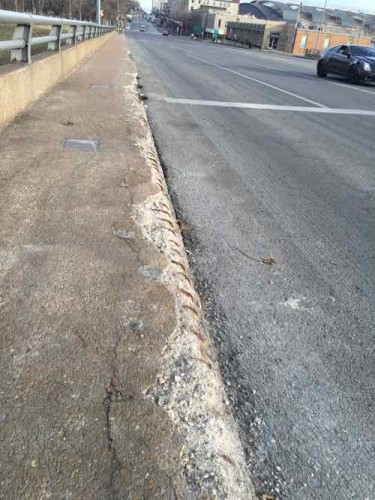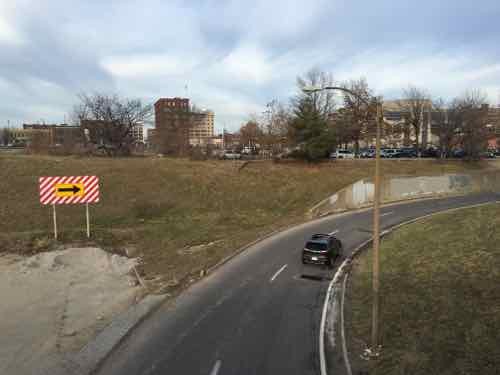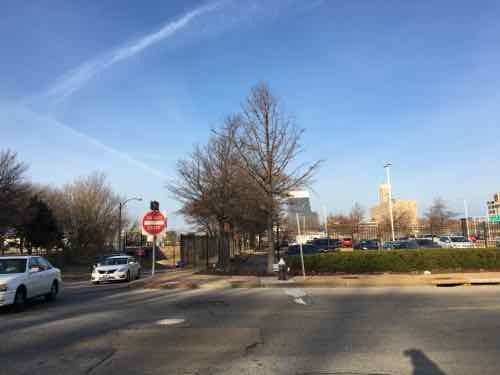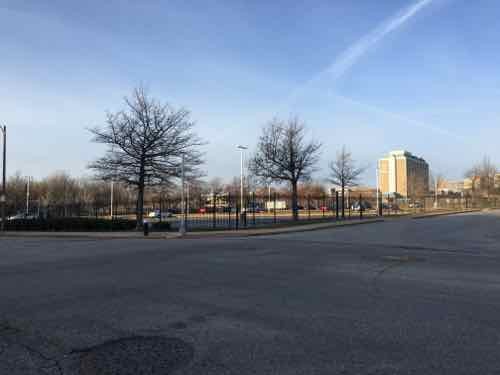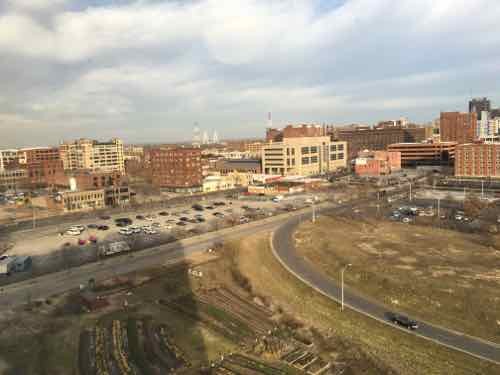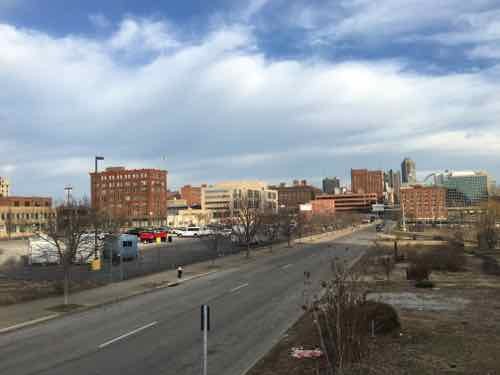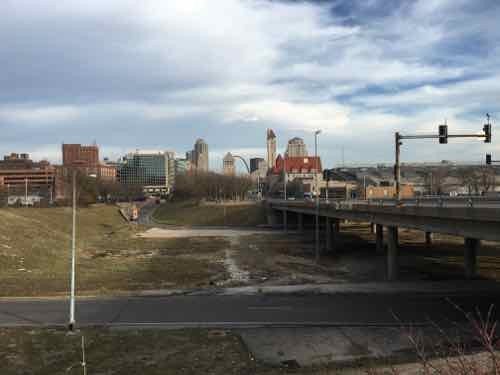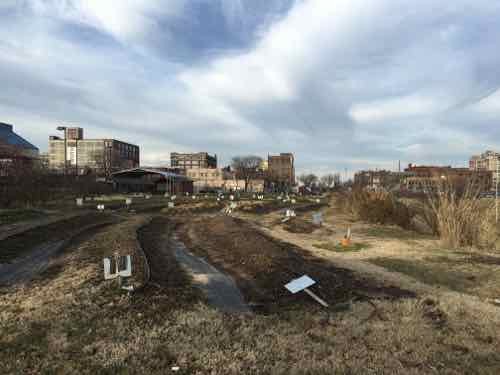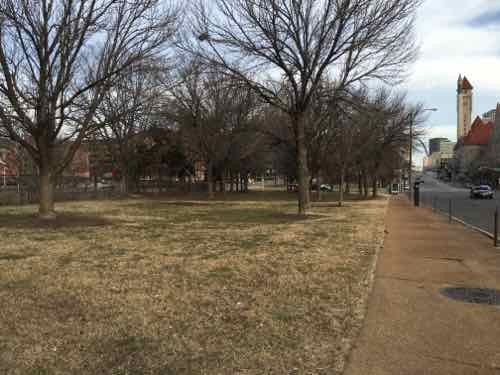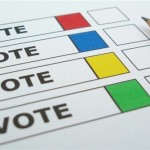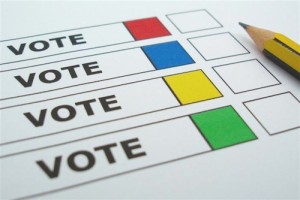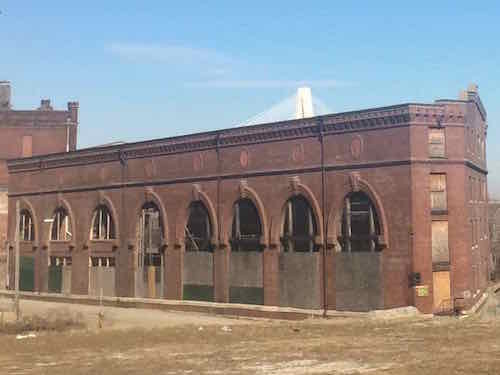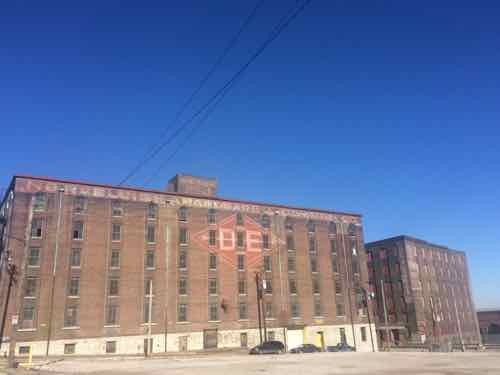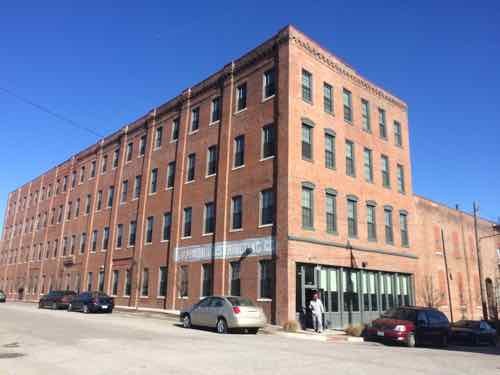More On Soccer Stadiums
Yesterday’s post was my site idea for locating a Major League Soccer (MLS) downtown — Downtown West, to be precise. In trying to figure out if a soccer-specific stadium would fit I looked at other recently built stadiums. Today I thought I’d share some of the research. I like to start with a big picture historical view — knowing where we’ve been helps to know where we may go.
The St. Louis Cardinals baseball team originated in St. Louis in 1875, as the Brown Stockings. The team started here, has stayed here. The Chicago Cardinals football team moved to St. Louis for the 1960 season — staying through the 1987 season. St. Louis was just a pit stop. In 1967 the St. Louis Blues hockey team was created during the NHL’s first expansion — doubling in size to twelve teams. Founded here, stayed here.
And of course, the always moving Rams:
- Cleveland 1936-1945
- Los Angeles 1946-1994
- St. Louis 1995-2015
- Los Angeles 2016-
Teams that were founded here, have stayed here. Teams founded elsewhere — that moved here — moved again.
What about soccer?
The earliest record of organized soccer in St. Louis date to 1881. In 1891, the St. Louis Soccer League was organized, and before long, amateur soccer was flourishing in the city. Unlike other cities where clubs were often associated with immigrant working communities and sponsored by ethnic social clubs, many of the major clubs in St. Louis were associated with churches and parishes, and later with manufacturing & retail companies. The catholic parishes in St. Louis, through the CYC chapters, adopted soccer as an inexpensive mass participation sport for their recreational programs, and it wasn’t long before the top teams were winning national honors. One result of this is the long history in St. Louis of developing home grown talent rather than attracting foreign players to the top level professional leagues.
The Kensingtons won the first two league championships, followed by Blue Bells and St. Teresa’s. Later, the first dynasty was established by St. Leo’s who won nine consecutive championships between 1905/06 and 1913/14. St. Leo’s was originally composed entirely of members of the St. Leo’s Sodality, a church men’s organization. After the team opened its memberships to outsiders, it began its championship run. They were also the first team to tour the East, as they played a series of New Jersey teams in tours during this time. St. Louis soccer grew very early on, and the leagues have been strong from the beginning, but the city also had a very independent tradition, and even after the local association joined the United States Soccer Federation, it remained somewhat aloof, not fully integrating itself into the national body until 1918.
(History of Soccer in St. Louis — recommenced)
So soccer has a very long history in St. Louis.
To see if a soccer stadium would fit in Downtown West I needed to look at dimensions.
A soccer-specific stadium typically has amenities, dimensions and scale suitable for soccer in North America, including a scoreboard, video screen, luxury suites and possibly a roof. The field dimensions are within the range found optimal by FIFA: 110–120 yards (100–110 m) long by 70–80 yards (64–73 m) wide, These soccer field dimensions are wider than the regulation American football field width of 53 1?3 yards (48.8 m), or the 65-yard (59 m) width of a Canadian football field. The playing surface should also consist of grass as opposed to artificial turf, since the latter makes players more susceptible to injuries.
Lastly, the seating capacity is generally small enough to provide an intimate setting, between 18,000 and 30,000 for a Major League Soccer franchise, or smaller for minor league soccer teams. This is in comparison to the much larger American football stadiums that mostly range between 60,000 – 80,000 in which the original North American Soccer League teams played at and most MLS teams participated in during the league’s inception. (Wikipedia: Soccer-specific stadium)
I also looked at some recent stadiums and how those would overlay in the area bounded by Pine, 20th, Market, and 22nd (new). The distance between Market and Pine is tight, between 20th and 22nd generous — assuming the pitch was oriented East-West. Placing the pitch North-South might be better — would give lots of room to the East & West sides for amenities. Ideally restaurants, team store, etc would face 20th Street. I love the idea of the main stadium entry being located at 20th & Market. A tower at that corner could have a rooftop restaurant open year round with Eastern views of Aloe Plaza/Gateway Mall, Union Station, Civil Courts, and the Arch.
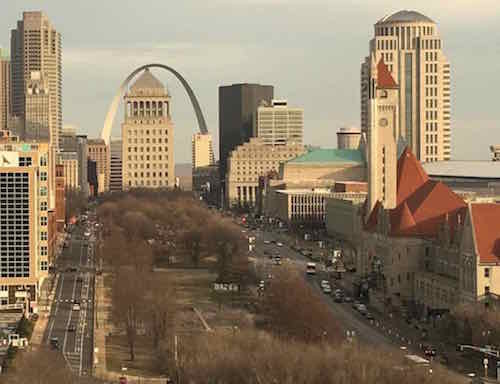
There is a preference for urban stadiums:
Going urban also helps activate the building on non-gamedays with everything from company picnics on the pitch to conferences in suites and club spaces that offer more than the mundane four walls of a downtown hotel.
“It is an amazing thing to have (the stadium) in the heart of downtown,” Portland Timbers president of operations Mike Golub, tells SI.com. “The energy, intimacy and passion comes through.” (Sports Illustrated)
Providence Park in Portland OR is an urban neighborhood (aerial). I’m still reviewing Wikipedia’s List of Major League Soccer stadiums. More will open in 2017 & 2018.
As I stated yesterday, I think any new soccer stadium should[n’t] be owned by the public. I think government’s role would be to rework the public streets and highway on/off ramps to free up land for private development. The city/state were responsible for the existing hole in the urban fabric — they’re responsible to piece it back together. Part of this investment into getting currently wasted land ready for development would be a form-based zoning code to achieve a walkable urban neighborhood once fully built out.
— Steve Patterson
